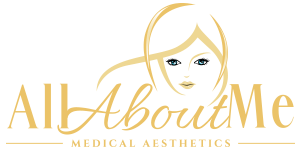PRP Treatments
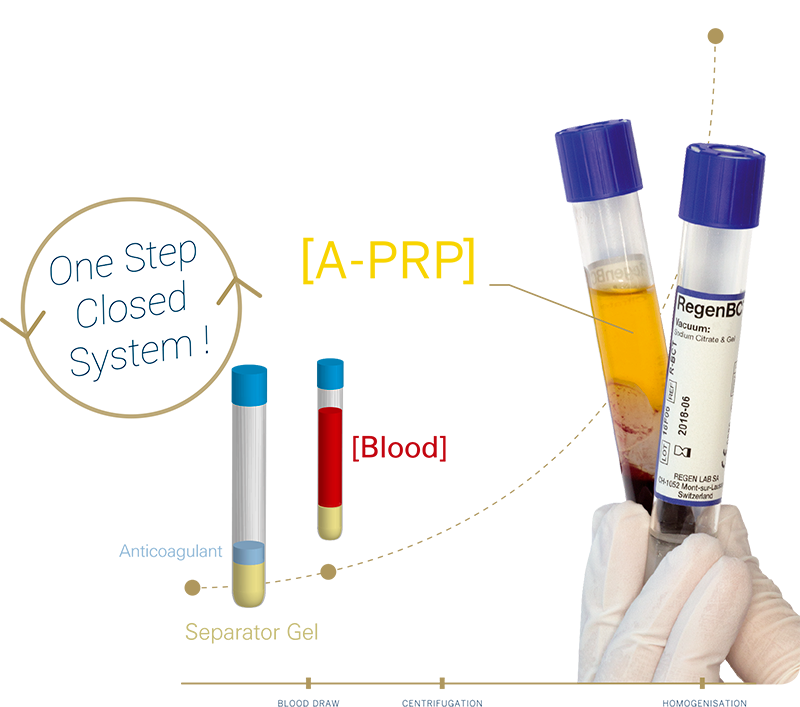

What is PRP® ?
When the experts in our office do PRP facials, many of our clients have tons of questions before the procedure begins. They’ve heard lots of rumors, facts, myths and sometimes misleading information about these new, skin-rejuvenation facials. The best way to deal with all the misinformation out there is to provide you with the cold facts about PRP (platelet-rich plasma) facials.
It’s always a good idea to educate yourself about any treatment you are considering, learn about its advantages, disadvantages, costs and other pertinent information. Here’s the lowdown on PRP facials:
PRP Facial Treatment Results
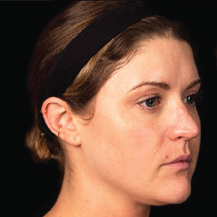
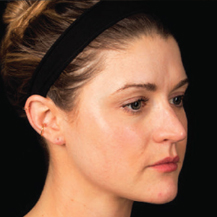
What are PRP Facials?
You’ve probably heard of platelet-rich plasma facials, also known as PRP facials. The basic process begins with a technician drawing whole blood and then using a centrifuge to separate out the red cells. The remaining platelet-rich plasma is what’s used in the facial process.
Simply put, a PRP facial uses your own blood’s platelets and plasma on your face. The natural chemicals in your own PRP are slathered onto your face and then micro-needled into the skin during a short procedure. Once the plasma is in, it begins to do its work of rejuvenating your entire face, tightening wrinkled areas, and smoothing the overall look. It’s able to do that because PRP’s essential chemical components stimulate collagen growth.
Some people opt to have just one facial while others undergo a regular series of procedures. The more often you have a PRP facial, the longer the results of each treatment will last, which is about three to six months.
What are the key advantages of PRP facials and why are they so popular?- They truly transform the look of your skin in positive ways
- There’s no chance for an allergic reaction because the plasma comes from your own body
- Pain and discomfort is minimal and the procedure is short
What are the Typical Results of PRP Facials?
Results take a while to show up, especially after the very first facial you get. But most of our clients notice a generalized tightening of the skin within a few days, a glow and fullness to the entire face, and just an overall healthier look.
Results can last several months. That’s why many people choose to have PRP facials a few times per year to maintain the results for anti-aging purposes. Initially, it’s best to have about 4-6 treatments at two-week intervals to deal with scarring, skin damage, and problem areas.
PRP Hair Treatment Results
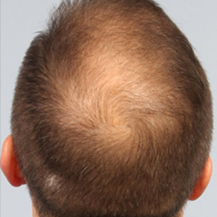
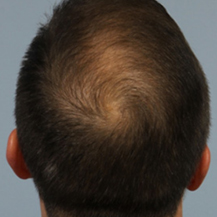
What is PRP Hair Restorations?
PRP Therapy is used in hair restoration for natural looking results.With a thin needle, your own Platelet-Rich Plasma (PRP) is injected into the scalp.
PRP Hair Restoration is suitable for both men and women. It is a state of the art, non-surgical, totally natural, alternative medical procedure used for the treatment of hair loss or hair thinning. It is an injectable treatment which uses the patient’s own blood. PRP contains active growth factors, which stimulate hair growth and regrowth. The end result is a fuller, healthier looking head of hair that can help to restore one’s confidence.
What Are PRP Hair Regrowth Treatments And How Do They Work?
PRP or Platelet Rich Plasma for hair regrowth is an in-office, non-surgical, autologous treatment (derived from the patient’s own blood) that can be performed in about 30 minutes. After the area of concern is identified, evaluated and measured, standardized medical photos are taken in the photo suite. Special sterile techniques and equipment are used to separate and concentrate the platelets and plasma from a small sample of peripheral blood. PRP contains growth factors and cytokines that have been shown to stimulate and enhance hair follicle function. Small injections of the PRP deliver the powerful platelet-derived growth factors into the skin at the level of the weak follicles.
Who Is The Ideal Candidate For PRP Treatment For Hair Loss?
At All About Me, we focus on two types of hair loss patients when it comes to PRP treatments: chronic hair loss (male and female pattern balding) and acute hair loss (ex: post partum hair loss). In our experience, patients with areas of “weak quality” hair growth on the scalp, where functioning hair follicles can still be observed, are the patients who appear to have the greatest success with PRP hair regrowth treatments. Those with “shiny” bald spots and long standing balding are NOT the best candidates.
